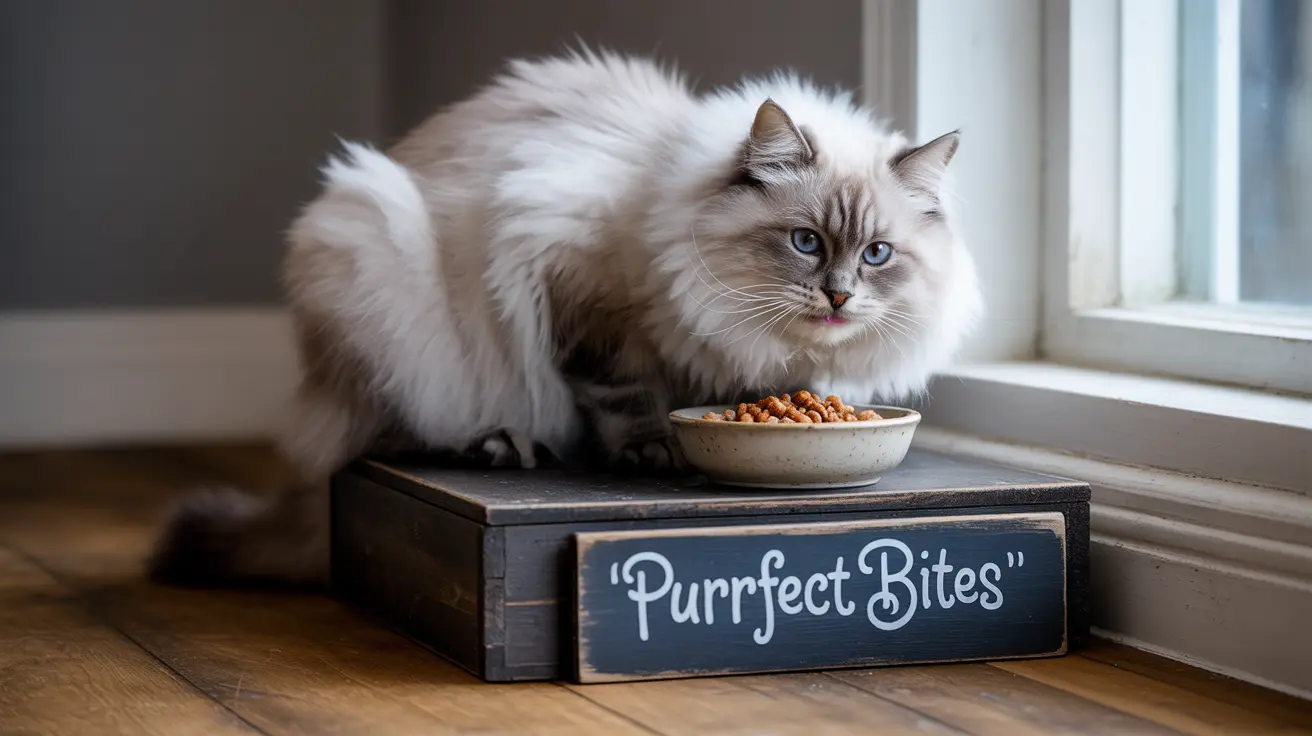Elevating your cat's food bowl can significantly improve their dining experience and overall health. Whether you have a senior cat with joint issues or simply want to make mealtime more comfortable, learning how to properly raise your cat's feeding station is essential. This comprehensive guide will walk you through everything you need to know about elevated cat food bowls.
From reducing neck strain to improving digestion, the benefits of raised feeding stations are well-documented. Let's explore the various methods, materials, and considerations to help you create the perfect elevated dining setup for your feline friend.
Benefits of Elevated Food Bowls for Cats
Raising your cat's food bowl offers numerous advantages that can significantly improve their feeding experience and health:
- Better posture and reduced joint strain
- Improved digestion and decreased vomiting
- Less mess around the feeding area
- Reduced whisker fatigue
- Enhanced comfort for cats with medical conditions
Proper Height and Positioning
The ideal height for your cat's elevated food bowl typically depends on your cat's size. As a general rule, the bowl should be positioned at chest level while your cat is standing. For most adult cats, this means raising the bowl 4-6 inches off the ground. Senior cats or those with mobility issues might benefit from slightly higher elevations.
DIY Solutions for Elevated Cat Bowls
Creating an elevated feeding station doesn't require expensive equipment. Here are some practical DIY solutions:
Simple Household Items Method
- Use a sturdy wooden box or crate
- Stack thick books (covered with waterproof material)
- Repurpose a small side table
- Use ceramic plant pot stands
Custom Build Options
For a more permanent solution, consider these DIY projects:
- Create a wooden platform with non-slip feet
- Build a multi-level feeding station
- Design a tilted platform for easier access
- Install a wall-mounted feeding station
Choosing the Right Materials and Design
When selecting or creating an elevated bowl setup, consider these important factors:
- Stability: The platform should be sturdy and tip-resistant
- Easy cleaning: Choose non-porous materials that won't harbor bacteria
- Non-slip surface: Prevent bowl movement during feeding
- Proper sizing: Ensure adequate space for food and water bowls
Frequently Asked Questions
How do I properly elevate my cat's food bowl to reduce neck and joint strain?
Measure your cat's height at the chest while standing, and position the bowl so it's roughly at this level. Start with a 4-6 inch elevation and adjust based on your cat's comfort and feeding behavior.
What are the best materials and designs for an elevated cat food bowl to prevent whisker fatigue?
Choose wide, shallow bowls made of ceramic or stainless steel. The elevated platform should be stable and made of easy-to-clean materials like wood sealed with pet-safe finish or high-quality plastic.
Can elevating my cat's bowl help with digestion and reduce vomiting?
Yes, elevated bowls can help improve digestion by allowing gravity to assist food movement through the esophagus. This can reduce regurgitation and vomiting, especially in cats with digestive issues.
What are some simple DIY methods to create a stable, elevated cat feeding station at home?
Use sturdy boxes, wooden platforms, or repurposed furniture. Ensure the base is wide enough for stability and add non-slip feet. Cover surfaces with waterproof material for easy cleaning.
Are elevated cat bowls suitable for all cats, or only those with specific health or mobility issues?
While elevated bowls can benefit most cats, they're especially helpful for senior cats, those with arthritis, digestive issues, or mobility problems. Healthy adult cats may also prefer elevated bowls, but observe your cat's preference.
Conclusion
Elevating your cat's food bowl can be a simple yet effective way to improve their feeding experience and overall health. Whether you choose a DIY solution or purchase a commercial product, ensure the setup is stable, easy to clean, and appropriate for your cat's size and needs. Monitor your cat's response to the new feeding height and make adjustments as necessary for optimal comfort and effectiveness.






